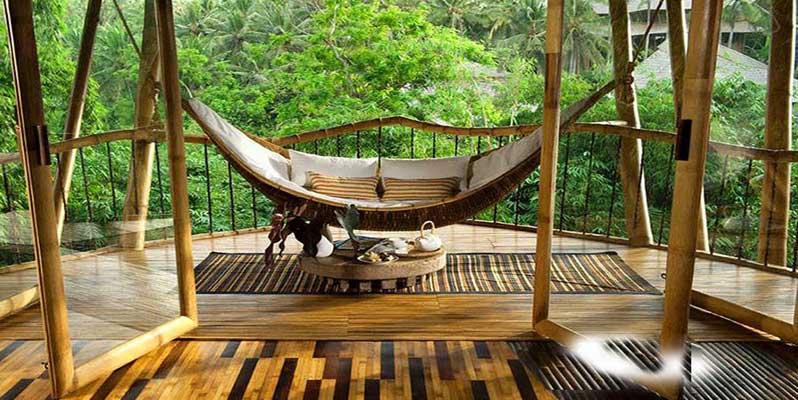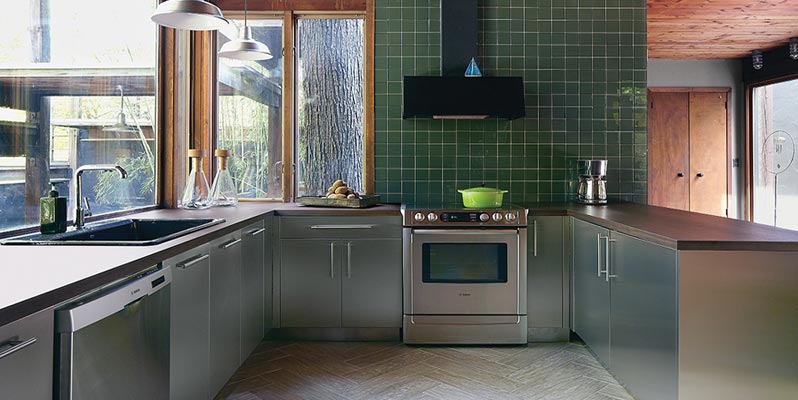When you plan a kitchen renovation, you may not be thinking along the lines of a sustainable lifestyle, but there are plenty of ways to be eco-friendly and save the earth’s resources while renovating. For example, ordering your materials carefully so you are not wasting anything. Here are some more tips to improve the sustainability of your kitchen renovation from the experts in the field, Kitchen Professionals.

- Choose building supplies such as bamboo that are easily renewable or plentiful. It can be used for cabinets and floors as well.
- Use paints and other things such as glue and lacquer that do not contain harmful toxic gases that waft up into the air – and into your lungs.
- Choose eco-friendly fabrics – natural cotton or at least cotton blends, bamboo fabrics or even fabric made from wool, all of which is renewable in its raw state each year.
- Find out what dyes are in the fabric and what they are made of. Some pigments are harmless, while others have a lot of waste that goes into the waterways and poisons them.
- Choose organic cotton that has not had pesticides sprayed over it during the growth and harvesting cycle.
- Make the design of your renovation eco-friendly. This includes insulation for the walls and ceiling, using natural sunlight to warm the room and using large windows that let in a good breeze during hot summers.
- You might also consider using solar power to save on the electricity used in the new renovation – or the whole house.
- You would be sure to seal up all the cracks, gaps and holes that are inherent in building anything and can let out quite a lot of your warm or cool air and thus using more power to keep the home at a comfortable temperature.
- Natural light is also better than artificial light all the time, but some kitchens end up being so dark even in the daytime that you just have to switch on the light.
- A lot of light inside the home comes from reflected light. While natural timber walls and ceilings may look beautiful, they do decrease the natural light compared with lighter-coloured, painted surfaces, so think carefully about whether you really want that look.
- Downlights need to be avoided because they are not bright enough, and you need many more to light up an area. The same goes for chandeliers. They may look elegant, but you use 6 or more bulbs to get the same amount of light that one standard globe would supply.
- Please make sure the hot water supply is close to the outlets; otherwise, you are wasting a heap of cold water in the pipes before it runs hot.


